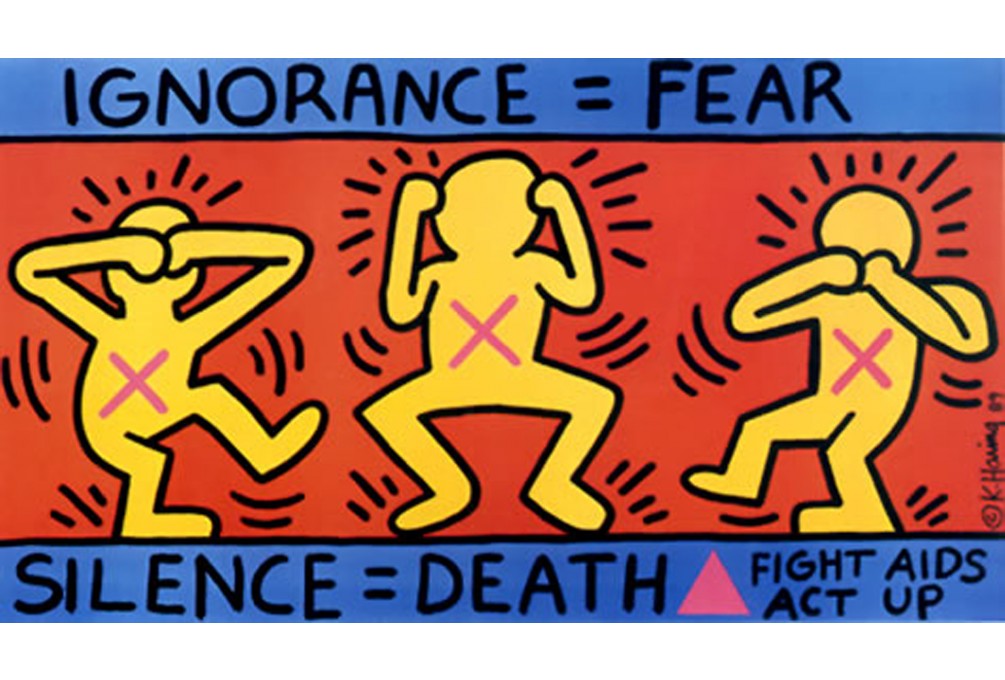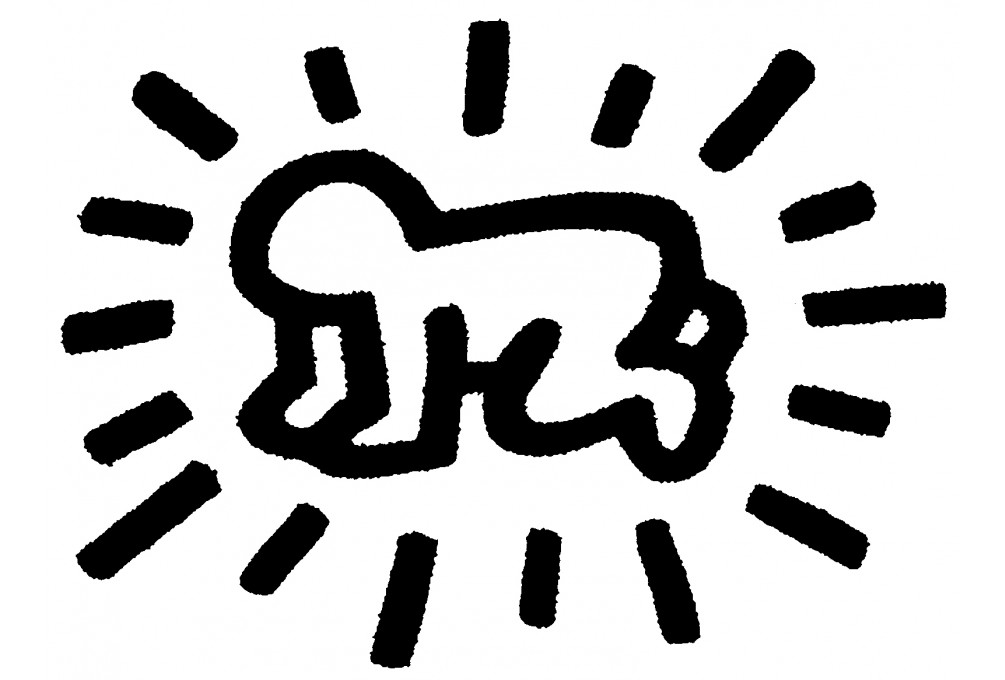

Exhibition
Featuring lithographs on loan from the Keith Haring Foundation – an organisation dedicated to sustaining, expanding, and protecting the legacy of the artist, his art, and his philanthropy – this exhibition presented the iconic work of American Pop artist Keith Haring. Complimented by supplementary film screenings and educational programming led by Julia Gruen, former Executive Director of the Foundation, the exhibition illuminated visitors through its interpretive presentation of the artist’s idiosyncratic visual language—a playful, street art-inspired style which Haring believed could reveal “the essence of things” and facilitate the emergence of hidden truth, while also simultaneously promoting conversations around important socio-political issues.
Conceived as a celebration of this prolific painter, the exhibition sought to both draw attention to the visual immediacy of his practice, as well as to the ways in which Haring was able to communicate personal reflections in a universal way. The works on view represented a diverse cross-section of his oeuvre, including select pieces from his Free South Africa series, which spoke to the struggle for emancipation in 1980s apartheid-era South Africa, in addition to some of his most recognisable works like Radiant Baby.
Keith Haring was the first show to inaugurate the National Gallery’s former location at Harbour Place and was on view from 20 December 2001 – 09 February 2002.
About the Artist
Keith Haring
1958–1990
Keith Haring was born in Pennsylvania and was inspired by the popular culture around him, such as Dr. Seuss and Walt Disney, as well as his cartoonist father. He attended the School of Visual Arts in New York City, and the city would later be home to many of his public art creations. Between 1980 and 1989, Haring achieved international recognition and participated in numerous solo and group exhibitions, including Documenta 7 in Kassel, the São Paulo Biennial, and the Whitney Biennial.
Artist and social activist, Haring is best known for his graffiti-inspired drawings, which he first made in subway stations and later exhibited in museums. His work was often heavily political and responded to the New York City street culture of the 1980s by expressing concepts of birth, death, and sexuality.
Haring was diagnosed with AIDS in 1988, and in 1989 he established the Keith Haring Foundation. The mandate of this foundation is to provide funding and imagery to AIDS organizations and children’s programs, and to expand the audience for Haring’s work through exhibitions, publications and the licensing of his images. Since his death, Haring has been the subject of several international retrospectives. The work of Keith Haring can be seen today in the exhibitions and collections of major museums around the world, and his imagery has become a widely recognized visual language of the 20th century.
Bio source: The Keith Haring Foundation
